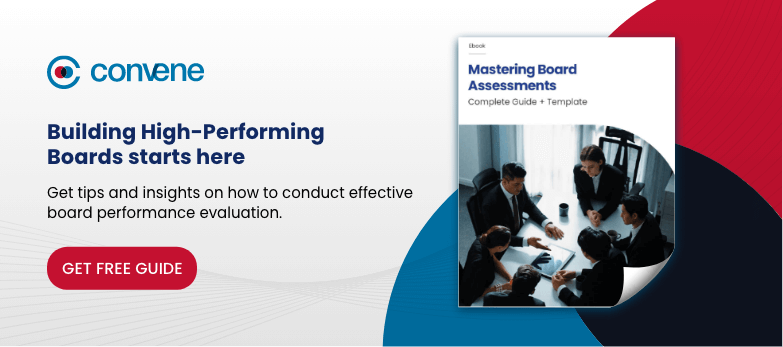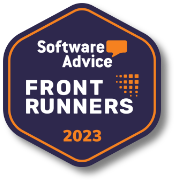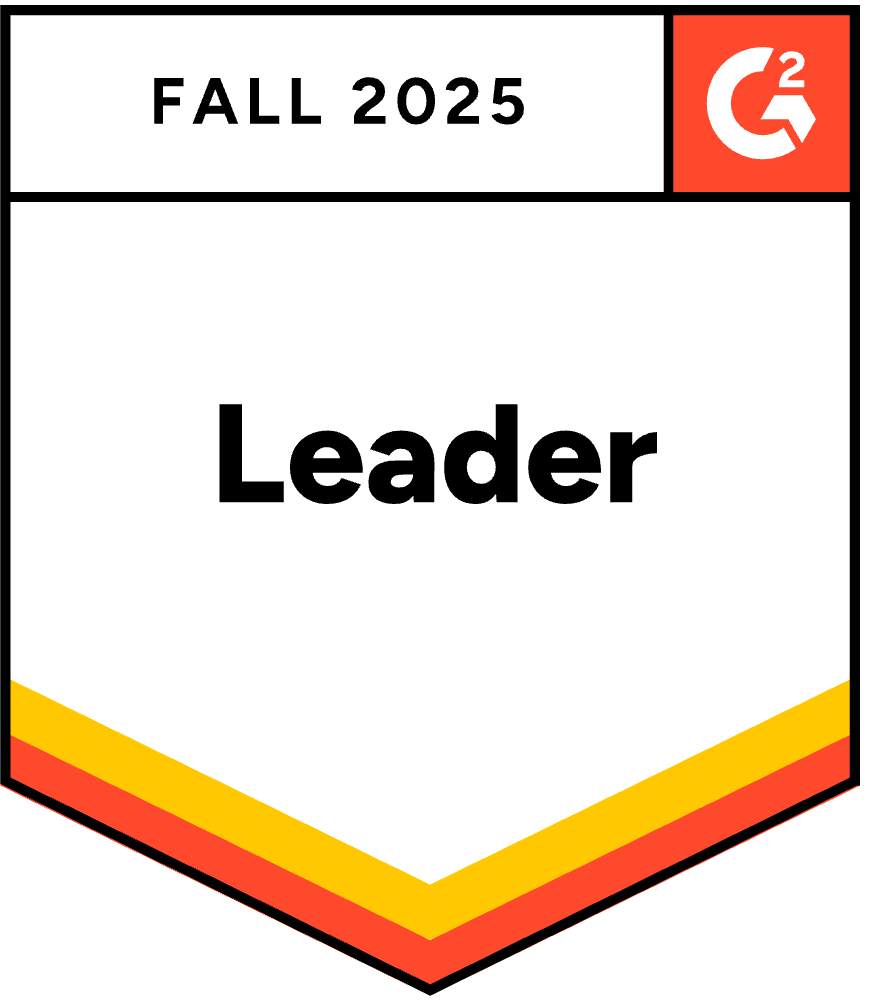With rapid shifts in today’s markets, many businesses are continuously rethinking and restructuring their corporate structures to stay ahead of the competition. Depending on the company’s size and how its operations are organized, selecting the right structure becomes imperative for long-term success.
An organization would eventually fall apart without a proper structure. If foundational roles or lines of authority are unclear, your company can face hurdles — from internal miscommunication to stunted growth. In this guide, we’ll explore what is a corporate structure, why it is important, and key types with their corresponding corporate organizational charts.
What is corporate structure?
Corporate structure refers to the framework that defines the roles, responsibilities, relationships, and authority within an organization. Depending on the organization’s goal, it can be hierarchical (with different management levels) or divisional (with different divisions or product lines).
For instance, large entities typically have a hierarchical structure with a clear chain of command. Small companies, on the other hand, often use a flat structure that allows for quick and direct communication since no middle management is in position.
Corporate structure also highlights three things: (1) how employees are grouped, (2) how power and decision-making flow, and (3) how departments work together to reach the company goals. Such is significant to ensure there is clear accountability and a system for coordination.
What makes corporate structure important?
Corporate structures are primarily significant in ensuring everyone within the organization understands their responsibilities or how the entire entity functions. With this, employees will have a clear idea of who to report to or who is responsible for making the final decisions.
Besides providing corporate hierarchy, a well-defined structure also helps create a balanced distribution of responsibilities and minimize duplication of effort or work. In addition, it is ideal to formally document the corporate structure and roles in the organization’s internal guidelines or governance policies. Doing so maintains transparency in reporting lines and responsibilities while fostering accountability and good governance.
What are the key roles in a corporate structure?
Every corporate structure is composed of distinct roles, which typically fall into three categories:
Executive Leadership
These individuals sit at the top of the corporate structure responsible for high-level decision-making. In a flat structure, some of these roles may be combined (e.g. founders taking on multiple responsibilities). Such roles are:
- Chief Executive Officer (CEO) — Highest-ranking executive responsible for setting company strategy, vision, and goals.
- Chief Operating Officer (COO) — Manages daily operations to streamline business processes and overall efficiency.
- Chief Financial Officer (CFO) — Oversees financial planning, risk management, budgeting, and financial reporting.
- Chief Human Resources Officer (CHRO) — Leads HR strategy including talent management, employee relations, and company culture.
- Chief Technology Officer (CTO) — Handles technological innovation, IT strategy, and product development.
- Board of Directors — Provides oversight, governance, and strategic guidance for the company’s long-term success.
Middle Management
They serve as a bridge between executive leadership and operational teams and help ensure strategies are effectively executed. In a matrix structure, middle managers usually report to multiple executives. They are usually composed of:
- Department Heads or Vice Presidents (VPs) — Lead specific business units and even drive alignment of department goals with company objectives.
- General Managers (GMs) — Oversee teams with a focus on operational performance and profitability.
- Directors (e.g. Director of Product Development, Director of Customer Success) — Manage certain functions within departments while helping drive initiatives and oversee their execution.
- Project Managers — Coordinate projects and ensure they are completed on time and within the allotted budget.
Operational and Support Teams
Employees and teams execute day-to-day tasks, may it be about delivering products and services or maintaining internal processes. In hybrid structures, employees may also take on cross-functional roles or collaborate with different departments. These roles include:
- Supervisors or Team Leads — Oversee and guide their teams to complete the tasks efficiently, as well as foster a positive work environment for everyone.
- Specialists and Analysts — Provide data-driven insights and solutions, and specialized knowledge in a specific area or industry
- Administrative and Support Staff — Offer administrative and logistical support for smooth operations, from office management, data entry, to resource handling.
- Sales and Customer Service Representatives — Engage and build relationships with customers, present products and services (even close deals), and address customer inquiries.
Advisory and Governance Roles
Some organizations, particularly in regulated industries, rely on external and internal advisory roles for compliance and strategic growth. These advisory roles are:
- Advisory Boards — Provide strategic insights and industry knowledge, typically composed of external experts.
- Internal Audit and Compliance Officers — Ensure adherence to laws, regulations, and internal policies to mitigate risks.
- Legal Counsel — Give legal advice, draft contracts, and ensure regulatory compliance.
Five Types of Corporate Organizational Structures
Different corporate structures offer distinct pros and cons, depending on the organization’s size, scope, and goals. While no single model fits all organizations, five key structures have emerged as the most widely used across industries. Also, find below the corporate structure examples and corporate organizational charts for each type.
1. Functional Structure
The functional structure requires the entity to be divided into departments based on specialized work areas or specific functions. Such functions may involve human resources, finance, IT, operations, and so on. Each department generally has a lead, and staff within each function focus on achieving the departmental goals. This type of corporate organizational structure is most effective in companies where tasks are clearly segmented into specialized functions.
Pros:
- Fosters high levels of specialization by grouping employees based on their areas of expertise and skill sets.
- Creates a clear career development path as employees work closely within their field of expertise, in a functional department.
- Promotes standardization and consistency across similar tasks by establishing standard operating procedures (SOPs) with departments.
Cons:
- Struggle with flexibility or adaptability since departments work independently, which can lead to difficulty responding to market changes.
- Limited communication across functions as departments may become isolated or siloed.
- Problems in coordination among different functional areas may occur, making it challenging to execute cross-functional initiatives.
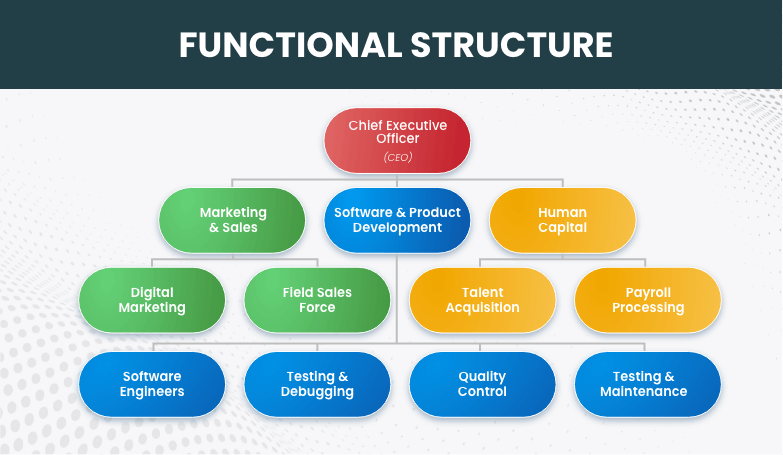
2. Divisional Structure
In a divisional structure, a company is divided into self-contained divisions or units that focus on specific products, services, or geographic regions. Each division operates like a separate entity with its own resources, staff, and leadership. This structure is commonly used in big organizations with multiple product lines or those operating across various geographical areas.
For instance, an automotive company might structure its divisions around different product lines like electric vehicles, trucks, or luxury cars. Similarly, a multinational manufacturing firm may have separate divisions for North America, Europe, and Asia, each responsible for production and sales. Such approach promotes a more decentralized decision-making process, in which divisions can respond better to their unique markets.
Pros:
- Promotes better accountability since each division will be responsible for its own performance.
- Establishes flexibility by allowing divisions to adapt to local market conditions or to focus on particular customer needs.
- Increases innovation as each division focuses on its own (more specialized) products or regions.
Cons:
- Duplication of resources may be present when each division requires its own set of administrative functions, even leading to inefficiencies or higher costs.
- Competition between divisions for resources or budget, typically creates internal tension.
- Lack of synergy is possible with each division operating independently and not communicating effectively.
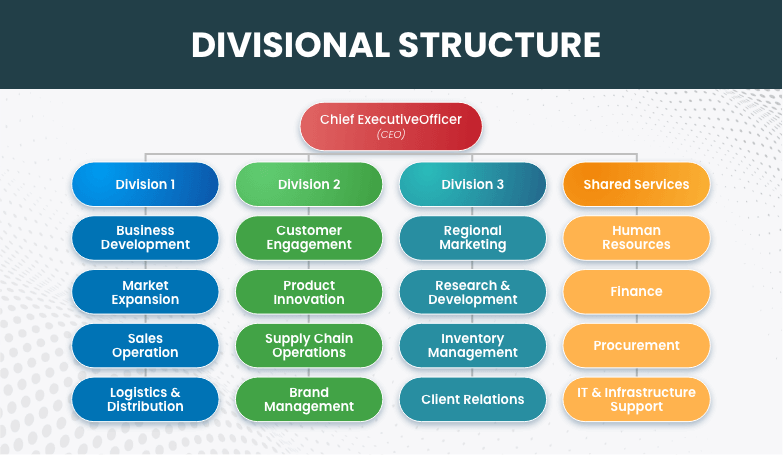
3. Matrix Structure
The matrix structure combines aspects of both functional and divisional structures. In a matrix organization, employees typically report to dual authorities: a functional manager overseeing a specific domain (e.g. finance, operations) and a project or product manager responsible for a particular initiative. This model is commonly utilized in entities where cross-functional collaboration is critical, such as technology firms or multinational corporations.
Pros:
- Improves communication and cooperation across departments by allowing employees to contribute expertise from different functional areas.
- Enables greater flexibility and responsiveness through dual reporting, which enables companies to adapt quickly to changing priorities.
- Encourages skill development as employees gain experience working across multiple functions.
Cons:
- Complex reporting relationships may occur when functional and project managers have different priorities that confuse employees.
- Potential power struggles may emerge due to dual authority, which can also lead to ambiguity in decision-making.
- Shared resources can strain employees, as working on multiple projects may lead to workload imbalances and burnout.

4. Hybrid Structure
The hybrid structure strategically integrates elements of multiple structures — such as functional, divisional, and matrix — to best suit the organization’s needs. For insurance, a firm might utilize functional structure in its corporate headquarters, but adopt a divisional structure for its regional operations. Hence, allowing for localized adaptability and operational efficiency.
Pros:
- Offers customizability to companies by allowing them to design their structure based on the needs of specific departments or projects.
- Allows for greater agility since organizations may use different structural approaches that they can use to adapt to market changes or internal challenges.
- Establishes balanced corporate management for an optimal mix of centralized control for efficiency and decentralized decision-making for innovation.
Cons:
- Operational complexity may arise from managing multiple structural frameworks within the same organization.
- Role ambiguity may occur as employees navigate different reporting lines and priorities, which may also lead to confusion or decreased efficiency.
- Conflicting objectives can emerge when different structural components have misaligned operational goals, causing internal friction too.
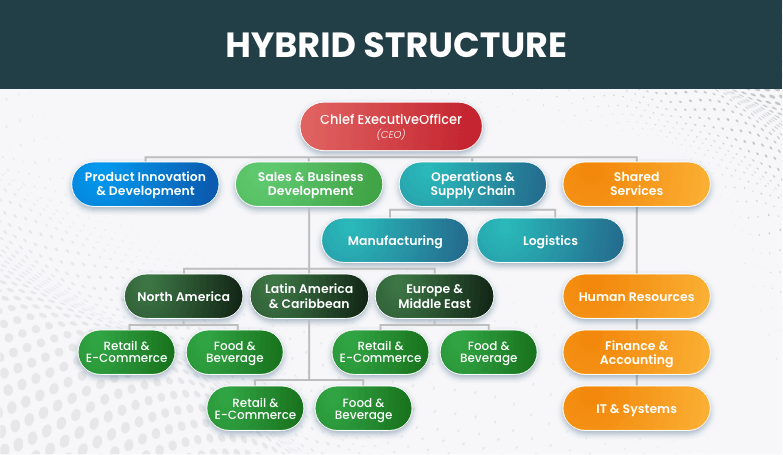
5. Flat Organizational Structure
Also known as horizontal structure, a flat organizational structure is the use of few or no hierarchical levels. This means employees operate with a high degree of autonomy and equal authority. With minimal or no middle management, decision-making under this structure is decentralized. It is commonly used by startups or small businesses that prioritize collaboration and quick decision-making.
Pros:
- Enables faster decision-making due to fewer bureaucratic layers that allow firms to respond quickly to challenges or opportunities.
- Improves employee autonomy by empowering individuals to take ownership of their work.
- Lowers operational costs by reducing the need for middle management, leading to more cost-efficient operations.
Cons:
- Scalability challenges can happen as employees take on various responsibilities without clear hierarchical guidance.
- Increased workload for leaders is also possible since fewer managers oversee larger teams.
- Potential lack of career growth may occur due to limited management positions that can impact employee motivation and retention.
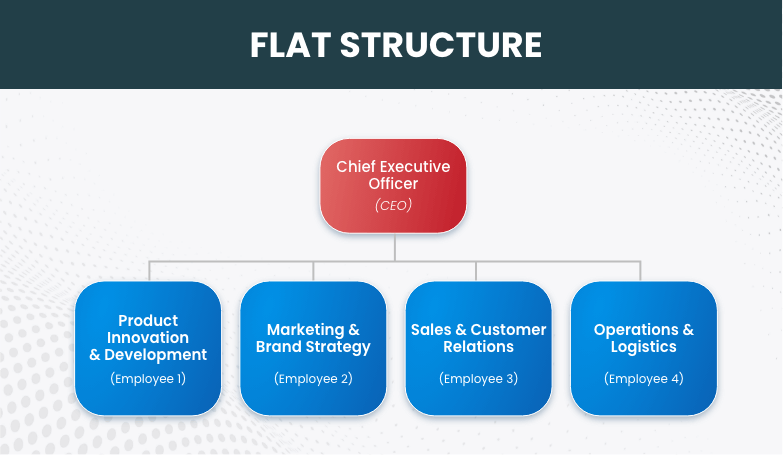
Frequently Asked Questions About Corporate Structures
What is the difference between corporate structure and business structure?
Corporate organizational structure defines how an entity is internally organized, including its hierarchy, management roles, and reporting relationships (e.g., functional, divisional, matrix). Business structures, on the other hand, refer to the legal entity under which a company operates (e.g., sole proprietorship, corporation, LLC). It also typically determines some aspects such as taxation, liability, and ownership regulations.
Can a company change its corporate structure over time?
Yes. In fact, companies frequently adjust their corporate structures to accommodate growth, market expansion, and strategic shifts. The structural changes can result from mergers, acquisitions, downsizing, or the need to improve efficiency. For instance, a startup may transition from a flat structure to a matrix structure as it scales. Similarly, a corporation may decentralize decision-making to enhance agility in global markets.
How do mergers and acquisitions affect the structure of a corporate?
Mergers and acquisitions (M&A) typically lead to structural changes, such as leadership reorganization, department consolidation, or adopting a new operating model. The combined entity may choose to restructure or integrate teams to eliminate redundant roles or functions. New leadership teams may also be formed and existing leadership roles may be altered or eliminated, depending on the integration strategy.
Empower Every Level of Your Organization with Convene

A strong corporate structure is more than just an organizational chart; it’s the backbone of a well-functioning business. But how can you keep everyone—from executives to employees—on the same page? Without the right tools, decisions get delayed, communication breaks down, and alignment across teams starts to slip.
Solve all these problems in one platform with Convene, a board portal designed for everyone within the corporate structure. Convene ensures information flows seamlessly across departments and corporate hierarchy levels.
- For executives and board members, Convene offers a secure environment for strategy discussions and compliance management through features like Voting and Resolutions, Review Room, and Signature Suite.
- For department heads and managers, it provides structured workflows and real-time document access with Agenda Builder, Live Annotations, and a dedicated Document Library.
- For employees and teams, it ensures transparency and accessibility with features like secure multi-device access and unlimited cloud storage.
Regardless of your corporate structure, Convene ensures every level of your company operates in sync for long-term success. Book a demo today and learn more about Convene.
Jielynne is a Content Marketing Writer at Convene. With over six years of professional writing experience, she has worked with several SEO and digital marketing agencies, both local and international. She strives in crafting clear marketing copies and creative content for various platforms of Convene, such as the website and social media. Jielynne displays a decided lack of knowledge about football and calculus, but proudly aces in literary arts and corporate governance.


